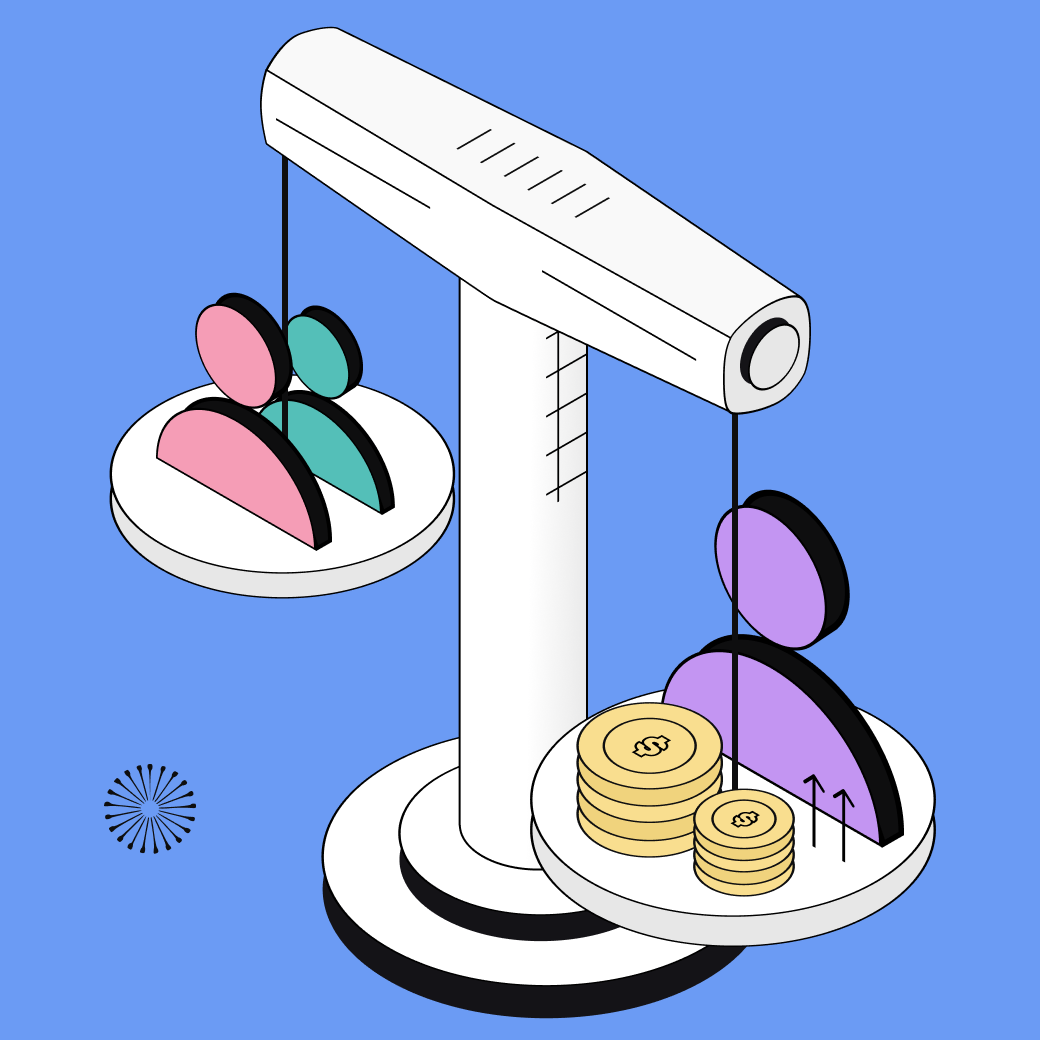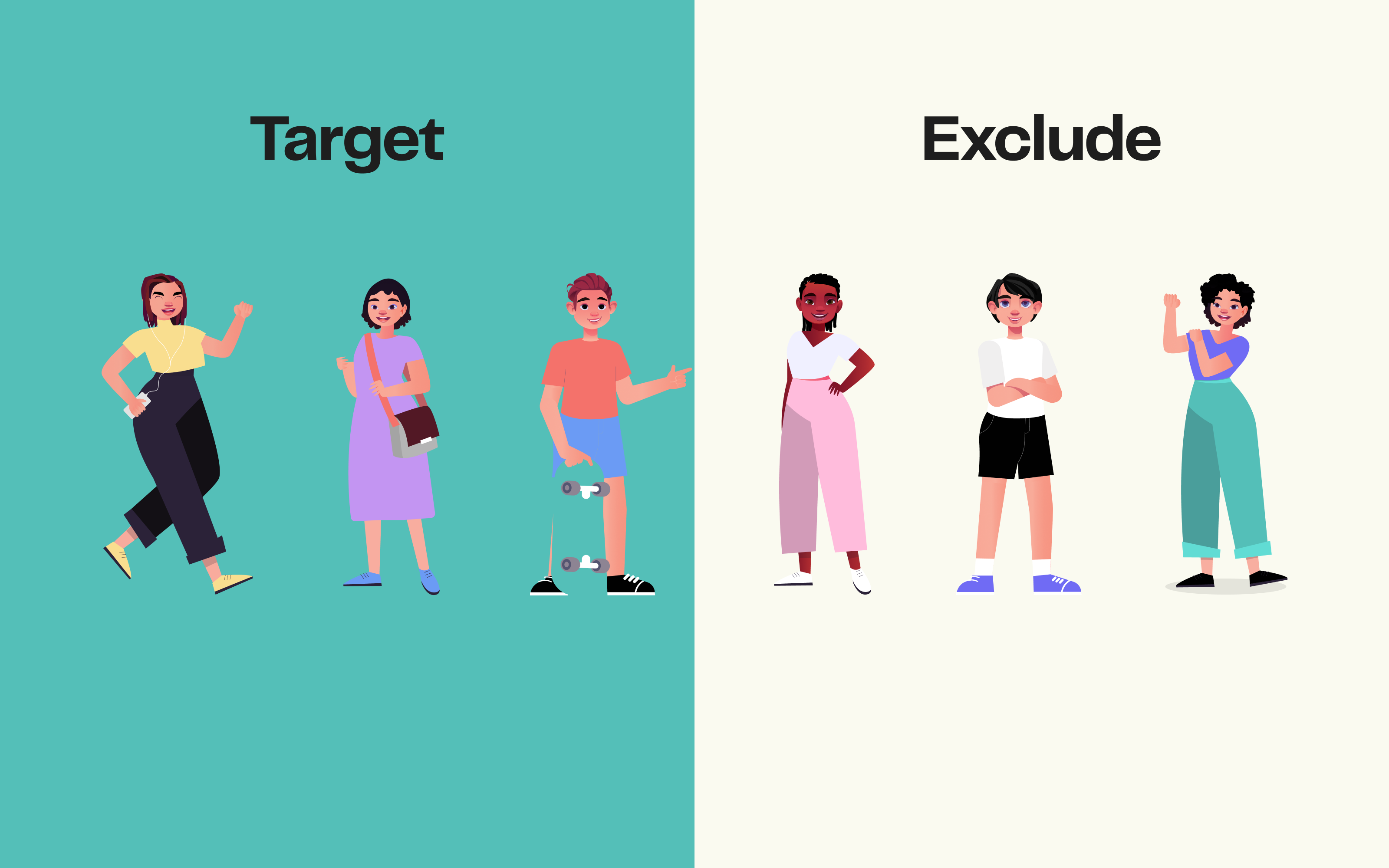
How to use exclusion lists to improve your CAC
4min • Last updated on May 16, 2025

Alexandra Augusti
Chief of Staff
Using exclusion lists in your social media advertising campaigns is one of the most effective strategies to reduce customer acquisition cost (CAC) and maximize your return on investment.
Indeed, the success of a social campaign heavily depends on the quality of the targeted audience and of your strategy. By identifying and excluding irrelevant audiences, you can focus your resources on the segments most likely to convert, thereby improving the overall performance of your campaigns.
Exclusion lists are often cited among the best practices for Google Ads, Meta Ads, or any other advertising platform. We strongly recommend taking a close look at them if you haven’t implemented anything yet!
👇 In this step-by-step guide, we share the steps to successfully implement exclusion strategies.
Step 1: Identify irrelevant audiences
The first step to effectively using exclusion lists is to identify the audiences that are not relevant to your campaign, meaning those who are unlikely to convert for this particular communication.
The most common audiences to exclude from your SEA/social campaigns are:
Group 1: People who have already converted for the product/service you are trying to sell with this specific campaign
In any case, we recommend excluding recent customers from any of your campaigns. For example, if someone has just purchased a product in-store, it is relevant to exclude them from all digital campaigns as it is unlikely they will buy the same product again online.
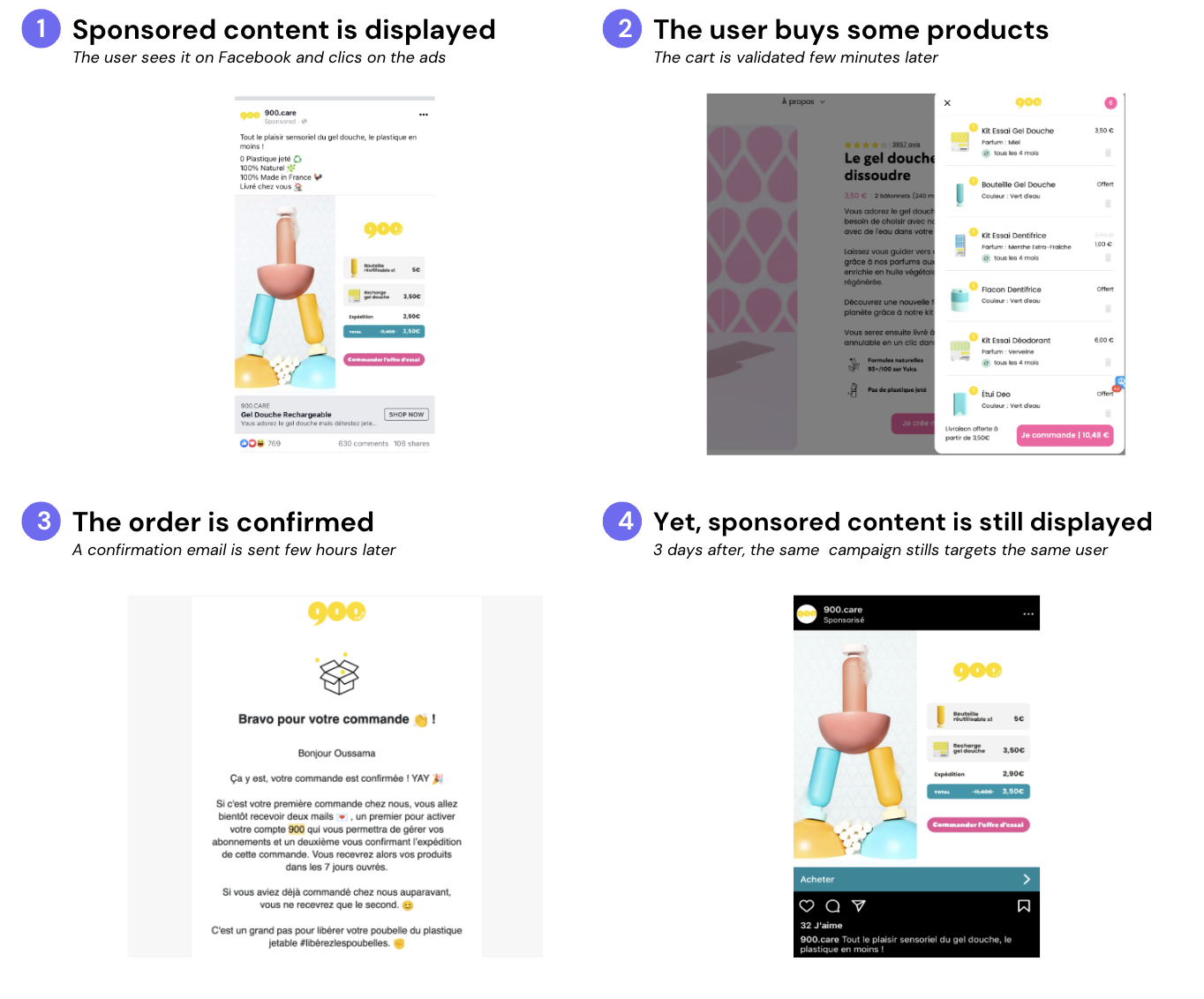
On average, 10% of the CAC is spent on existing customers
Generally, if few competitors are bidding on your keyword in SEA, we recommend excluding all of your customers from your “brand” campaign. However, be careful if your competitors are aggressive on your brand key word, as this practice may not be recommended because it could lead to lost conversions.
Group 2: People who are unlikely to convert
To avoid spending budget on people who won’t convert, we recommend excluding those who have shown disinterest in your offer. This could be people who have explicitly told you (in a survey or over the phone, for example) or people who haven’t interacted with your brand for a while.
Of course, you can always run reactivation campaigns (this is actually a good idea!), but we recommend excluding these “passive” people from your standard campaigns and treating them differently, with a personalized message to encourage them to reconnect with you.
Group 3: People who have been in campaigns for (too) long
Remarketing campaign performance data is a goldmine for refining your exclusion lists. For example, if a user has visited your product page but hasn’t completed the purchase after several remarketing attempts, it may be wise to exclude them to avoid wasting your resources. This allows you to focus your budget on users who show more interest.
Group 4: Your company's employees
It’s obviously not relevant to spend budget on people from your company for awareness, acquisition, or even conversion-oriented campaigns. However, for various reasons, your employees might visit your website and could be retargeted by different campaigns. If you are a large company, don’t hesitate to exclude these few people from your campaigns!
In summary, by avoiding targeting low-potential segments, you reduce unnecessary impressions and focus your budget on prospects that matter, thereby improving your performance.
Step 2: segment your exclusions by funnel stage
Not all exclusions are equal; it is crucial to segment your exclusion lists based on the funnel stage where users are located.
For example, you might exclude visitors to the payment page from your awareness campaigns but include them in conversion campaigns with a special offer. This segmentation allows you to deliver more relevant messages at each stage of the customer journey, thereby increasing your chances of conversion while optimizing your CAC. In marketing, it’s always about sending the right message to the right person at the right time!
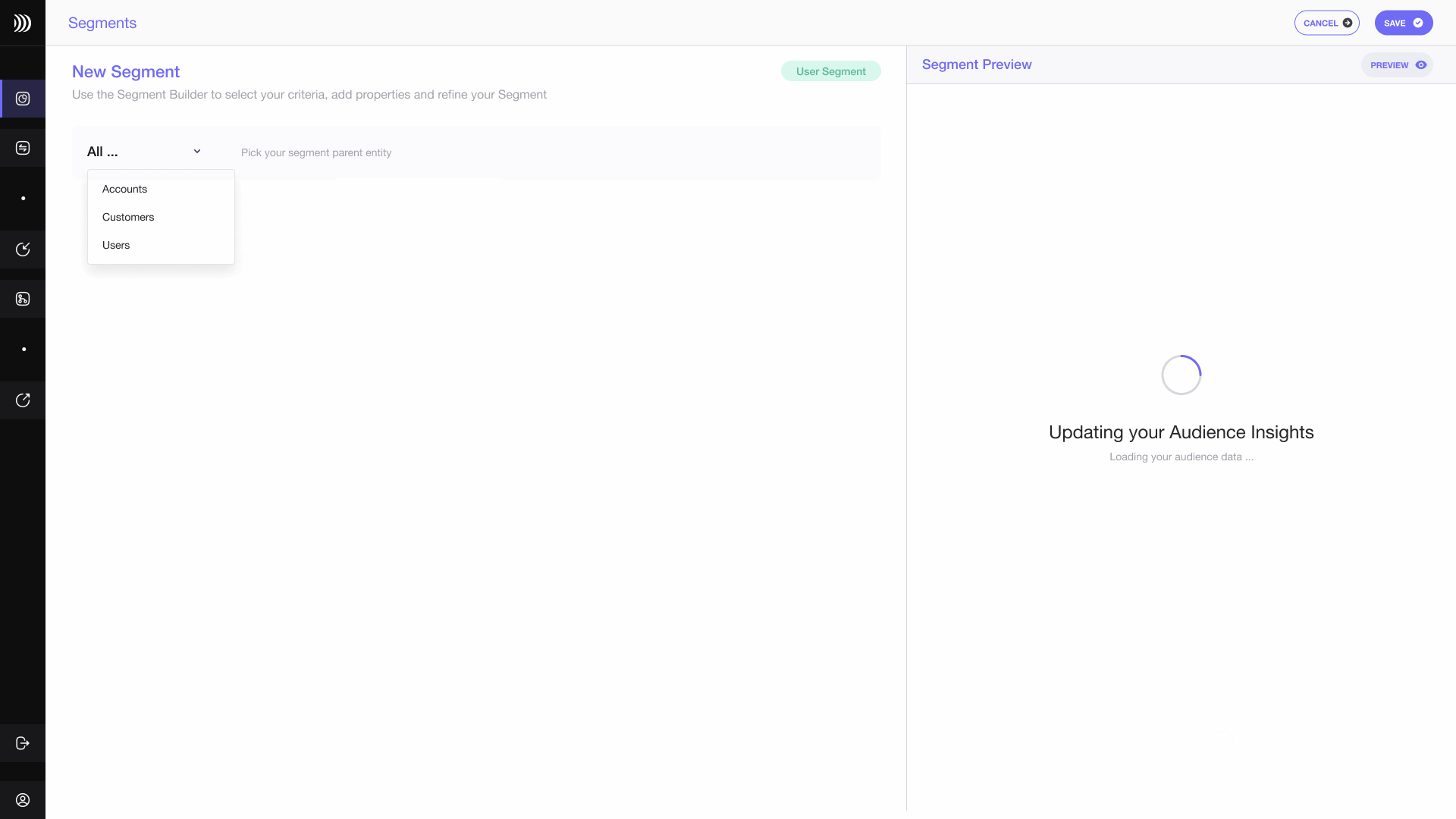
Segment your target audience
Step 3: Regularly update your exclusion lists
Your audience evolves, and what was relevant a month ago may not be today. For example, new buyers should be added to the exclusion list to avoid targeting them with acquisition offers, while inactive segments might be reintegrated after a quieter period. Frequent updating of your lists ensures you are always targeting the right people at the right time.
To do this, we strongly recommend regularly updating your exclusion lists, particularly to exclude recent buyers from campaigns.
To activate data and keep exclusion lists up to date, several methods are available:
Manual updating of audiences, via CSV import, though this is time-consuming and repetitive
Development by your data teams of custom data pipelines between your sources and destinations, which requires a certain amount of time for implementation and maintenance
Using a “Reverse ETL” tool, which allows you to send data from a customer base to any marketing destination. This approach is the fastest to implement and frees up time for data teams for more value-added tasks.
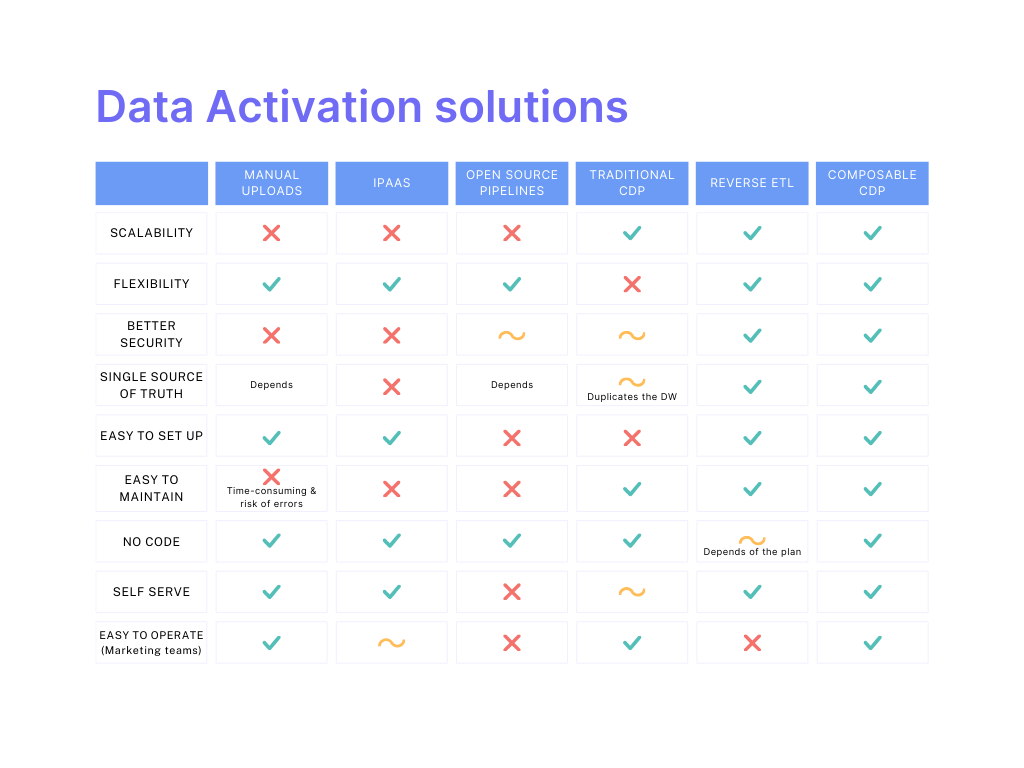
Data Activation Solutions and Comparisons
Step 4: Test and optimize your exclusions
As with all marketing campaigns, it is essential to test different exclusion approaches to optimize your campaigns and understand what works in your particular context.
For example, you can A/B test a campaign with different exclusion lists to see which offers the best CAC. By adjusting your exclusions based on observed performance, you can refine your strategy and maximize the effectiveness of your advertising spend. Don’t settle for a one-size-fits-all approach; continuous optimization is key to success.
Testing and optimizing your exclusions allows you to maximize the impact of your campaigns and continuously improve your results.
Conclusion
To get the most out of your social media campaigns, mastering the art of exclusion lists is crucial. Identify irrelevant audiences, use remarketing data, segment your exclusions, update them regularly, and test different strategies to optimize your CAC. Adopt these practices today to see a significant improvement in your advertising performance.
💡 If you want to adopt a tool that allows you to automatically update your exclusion lists and distribute them across all your tools, feel free to contact us (hello@dinmo.com).

















